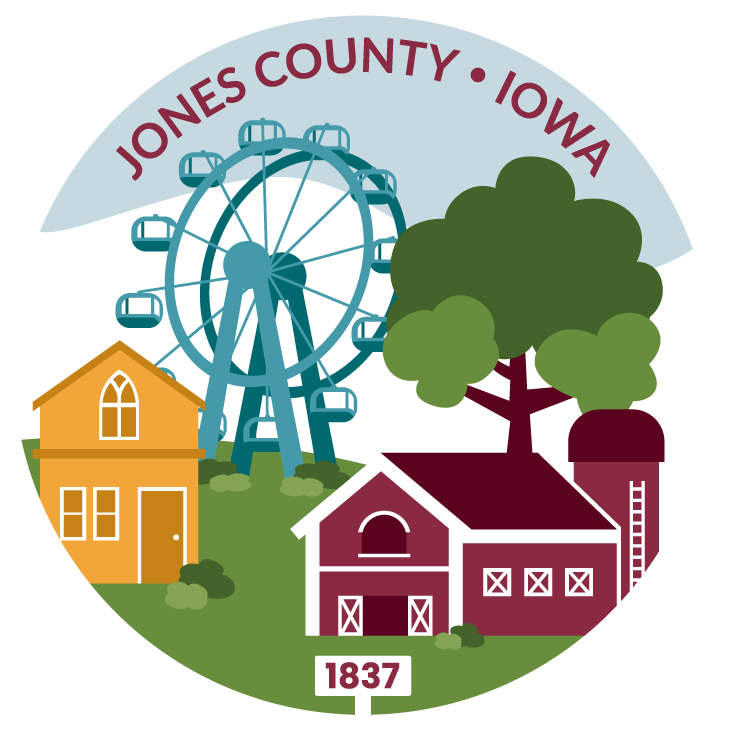The Maquoketa River - South Fork

Wildlife abounds along this river and represents many of Iowa’s native species. Recreationalists along this river might be lucky enough to see a nesting pair of bald eagles performing a courtship ritual overhead or hear the pounding of a pileated woodpecker. Anyone willing to wet a line along the river will enjoy pulling walleye, smallmouth bass, northern pike, catfish, and suckers from hidden pools and riffles. A welcome wild place in our modernized world.
History is subtly evident as you travel the Maquoketa. Fossils of brachiopods and coral let us dream about a moment in time when Iowa was once covered by a shallow prehistoric sea. The steep bedrock walls inspire us to envision a period in Iowa’s history when rivers ran high and swollen as melt water made its way downstream from huge melting glaciers gouging deep valleys as they flowed. The sandy loess soil on the river's bluff tops tells a tale of wind and erosion. Ornate box turtles still survive in this sandy loess and remind us of a drier time in Iowa’s history. Indian grass, little bluestem, shooting star, and wild bergamot cling to life on rocky outcrops, fallen boulders, and bluff tops reminding us that the face of Iowa was once covered by a tall and beautiful prairie ecosystem. Rock fishing weirs remind us that man was here too, hunting and living long before our circles began.
People today enjoy the river by water and from shore. The Maquoketa River has several public river access points in Jones County.
Warning
Use extreme caution near the Mon Maq Dam near Monticello. Low head dams are extremely dangerous. Uniformly falling water below the dam scours holes where the water recirculates trapping its victims underwater. People should not venture over, on, or close to these structures or will risk drowning.River Access
- Mon Maq Dam (Above and below the dam)
- Pictured Rocks
- Indian Bluffs
- Hwy 136 Access
- Supples Access
Maquoketa River Paddler's Guide


